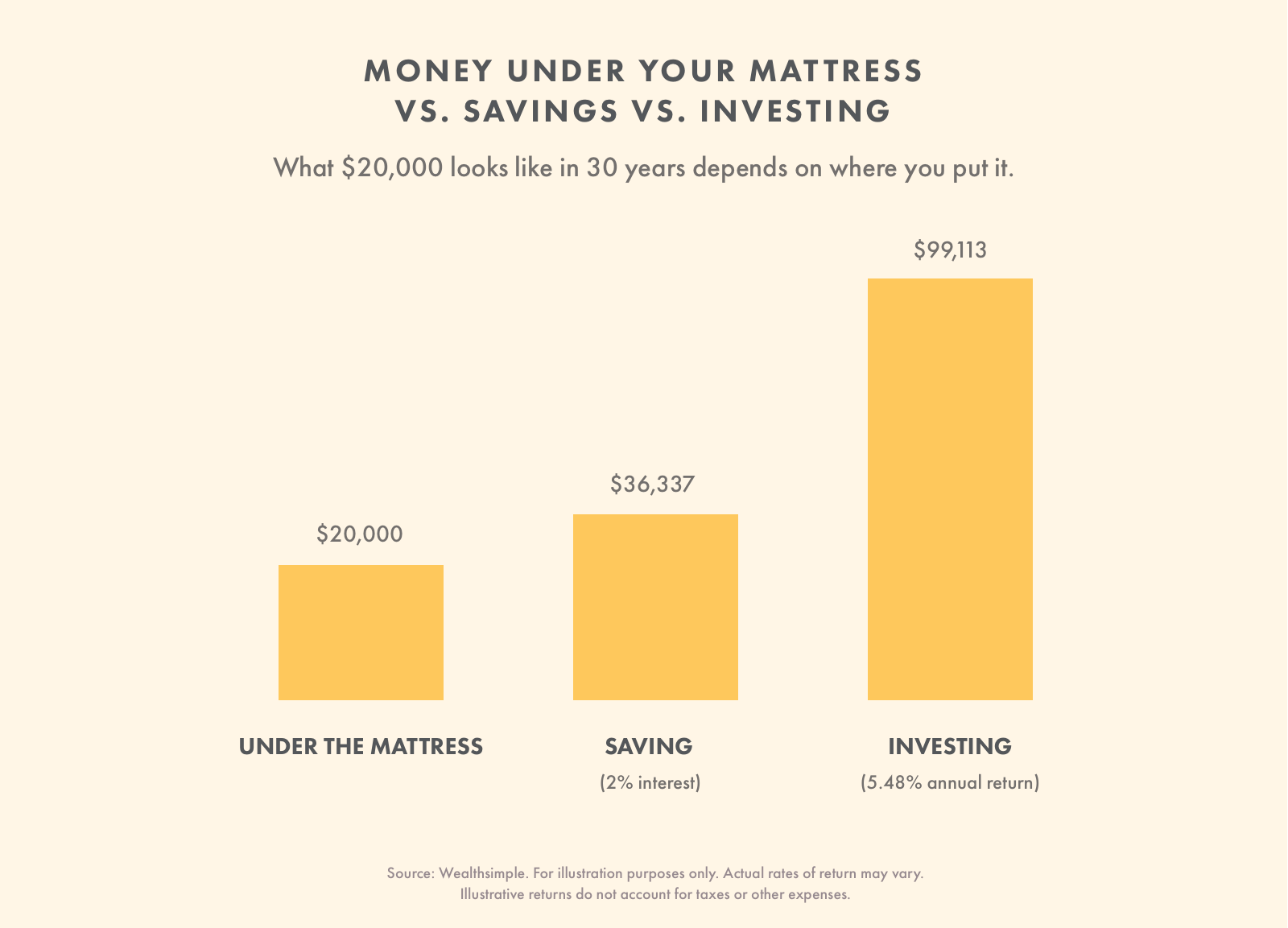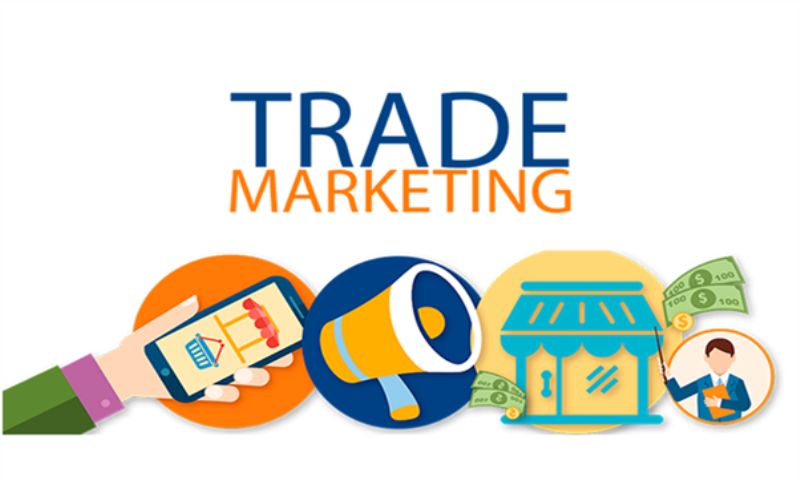
AT&T's huge debt load is not a problem, but it is still a solid dividend choice. The recent 7.7% dividend cut isn’t a sign that the company is in trouble. AT&T’s 58% payout ratio makes it safe to reduce its dividend. AT&T's current focus is on paying down its huge debt load. It was built up after it purchased Time Warner and DirecTV, for $67 billion each in 2015 and $85.4 million in 2018.
AT&T
AT&T's dividend reduction is an historic move that will offer shareholders a lower purchase price. Earnings per share are expected to drop from 26 cents to 27 cents, or 40%. The dividend cut can be monetized and the cost of entry to the company will be lower. Next, wait for trend confirmation and then execute your plan. The stock is bullish in the interim.
NGL Energy Partners
Investors can find out if NGL Energy Partners will reduce its dividend by visiting its website. NGL Energy Partners LP pay dividends on both an interim and annual basis. The website of the company lists dividend yields and declarations. The dividend rate for the year is 0.00%. The company is headquartered in Tulsa, Oklahoma. Visit the website to learn more about its history.

AT&T's spin-off
John Stankey, AT&T CEO, has spoken out about why the company is looking at a spin-off its telecommunications division after its acquisition of Time Warner for $85 billion. Stankey claims that despite a lower stock price, splitting the stock of the company will increase shareholder value. AT&T will also be focusing on a more expensive 5G service. This year, the company expects to invest $20 Billion in capital expenditures. The company also plans to invest in fibre-to-the home broadband internet services, and expand its 5G wireless network.
AT&T announces a dividend reduction
After the hefty dividend cut, AT&T is facing a very difficult situation. The company is currently restructuring its position as a fast-moving, internet and wireless player. AT&T reduced its quarterly dividend 83% to preserve the company's viability. In addition, it warned that its fourth quarter revenues would exceed estimates. This could allow AT&T to reduce its debt and reposition themselves as a market leader.
AT&T's Free Cash Flow
On November 1, AT&T Inc. stockholders will receive US$0.52 per share. The company's free cashflow payout ratio has fallen below that of the safe payout ratio and the dividend has been reduced by almost 40%. Despite its poor profitability, AT&T's capital is strong and it has plenty of cash that can be reinvested. A company's traditional profit ratio can provide a good indication of its health but cash flows can be more useful in determining the right mix between profitability and cashflow.
The ex-dividend day
An announcement of a dividend is made by a company. It announces the amount as well as the ex-dividend dates. Companies typically have a set schedule for announcing dividends. In earnings announcements and press releases, they will often change the amount of the dividend. Sometimes, foreign companies might be more affected by a dividend cut/increase than they are domestic ones. Foreign companies usually pay dividends according to a fixed percentage of their profits.

How a dividend cut affects a company's stock prices
Investors should look at the long-term strategy and financial plan of a company prior to taking any position. If the dividend cut was made public on a conference telephone call, the stock price will fall more than nine month later. That selloff was a reaction to speculation. But, the announcement of the dividend cut on an official website could have an impact on the overall trend. In the case FULT the stock price fell immediately after the announcement. However, it continued its upward trend even after the cut.
FAQ
Why are marketable securities important?
A company that invests in investments is primarily designed to make investors money. It does this by investing its assets in various types of financial instruments such as stocks, bonds, and other securities. These securities have attractive characteristics that investors will find appealing. These securities may be considered safe as they are backed fully by the faith and credit of their issuer. They pay dividends, interest or both and offer growth potential and/or tax advantages.
What security is considered "marketable" is the most important characteristic. This refers to how easily the security can be traded on the stock exchange. If securities are not marketable, they cannot be purchased or sold without a broker.
Marketable securities include corporate bonds and government bonds, preferred stocks and common stocks, convertible debts, unit trusts and real estate investment trusts. Money market funds and exchange-traded money are also available.
These securities can be invested by investment firms because they are more profitable than those that they invest in equities or shares.
Why is a stock called security.
Security is an investment instrument that's value depends on another company. It may be issued either by a corporation (e.g. stocks), government (e.g. bond), or any other entity (e.g. preferred stock). If the asset's value falls, the issuer will pay shareholders dividends, repay creditors' debts, or return capital.
What is a Stock Exchange and How Does It Work?
A stock exchange is where companies go to sell shares of their company. This allows investors to purchase shares in the company. The market sets the price of the share. It is typically determined by the willingness of people to pay for the shares.
Investors can also make money by investing in the stock exchange. Investors give money to help companies grow. Investors purchase shares in the company. Companies use their money for expansion and funding of their projects.
Many types of shares can be listed on a stock exchange. Some of these shares are called ordinary shares. These are most common types of shares. Ordinary shares can be traded on the open markets. Prices of shares are determined based on supply and demande.
Other types of shares include preferred shares and debt securities. When dividends are paid, preferred shares have priority over all other shares. These bonds are issued by the company and must be repaid.
Statistics
- Individuals with very limited financial experience are either terrified by horror stories of average investors losing 50% of their portfolio value or are beguiled by "hot tips" that bear the promise of huge rewards but seldom pay off. (investopedia.com)
- "If all of your money's in one stock, you could potentially lose 50% of it overnight," Moore says. (nerdwallet.com)
- For instance, an individual or entity that owns 100,000 shares of a company with one million outstanding shares would have a 10% ownership stake. (investopedia.com)
- Our focus on Main Street investors reflects the fact that American households own $38 trillion worth of equities, more than 59 percent of the U.S. equity market either directly or indirectly through mutual funds, retirement accounts, and other investments. (sec.gov)
External Links
How To
How to open a trading account
First, open a brokerage account. There are many brokerage firms out there that offer different services. Some brokers charge fees while some do not. Etrade, TD Ameritrade Fidelity Schwab Scottrade Interactive Brokers are some of the most popular brokerages.
Once you've opened your account, you need to decide which type of account you want to open. These are the options you should choose:
-
Individual Retirement Accounts (IRAs).
-
Roth Individual Retirement Accounts
-
401(k)s
-
403(b)s
-
SIMPLE IRAs
-
SEP IRAs
-
SIMPLE 401(k)s
Each option has its own benefits. IRA accounts offer tax advantages, but they require more paperwork than the other options. Roth IRAs give investors the ability to deduct contributions from taxable income, but they cannot be used for withdrawals. SIMPLE IRAs have SEP IRAs. However, they can also be funded by employer matching dollars. SIMPLE IRAs have a simple setup and are easy to maintain. They allow employees to contribute pre-tax dollars and receive matching contributions from employers.
Next, decide how much money to invest. This is called your initial deposit. Many brokers will offer a variety of deposits depending on what you want to return. For example, you may be offered $5,000-$10,000 depending on your desired rate of return. The conservative end of the range is more risky, while the riskier end is more prudent.
After choosing the type of account that you would like, decide how much money. Each broker sets minimum amounts you can invest. These minimum amounts can vary from broker to broker, so make sure you check with each one.
After deciding the type of account and the amount of money you want to invest, you must select a broker. Before selecting a broker to represent you, it is important that you consider the following factors:
-
Fees - Make sure that the fee structure is transparent and reasonable. Many brokers will offer trades for free or rebates in order to hide their fees. However, some brokers actually increase their fees after you make your first trade. Avoid any broker that tries to get you to pay extra fees.
-
Customer service - Find customer service representatives who have a good knowledge of their products and are able to quickly answer any questions.
-
Security – Choose a broker offering security features like multisignature technology and 2-factor authentication.
-
Mobile apps: Check to see whether the broker offers mobile applications that allow you access your portfolio via your smartphone.
-
Social media presence: Find out if the broker has a social media presence. If they don’t have one, it could be time to move.
-
Technology - Does the broker use cutting-edge technology? Is it easy to use the trading platform? Are there any problems with the trading platform?
After you have chosen a broker, sign up for an account. While some brokers offer free trial, others will charge a small fee. You will need to confirm your phone number, email address and password after signing up. Then, you'll be asked to provide personal information such as your name, date of birth, and social security number. You'll need to provide proof of identity to verify your identity.
After you have been verified, you will start receiving emails from your brokerage firm. These emails contain important information about you account and it is important that you carefully read them. You'll find information about which assets you can purchase and sell, as well as the types of transactions and fees. Keep track of any promotions your broker offers. These could include referral bonuses, contests, or even free trades!
Next, you will need to open an account online. An online account can be opened through TradeStation or Interactive Brokers. These websites can be a great resource for beginners. When you open an account, you will usually need to provide your full address, telephone number, email address, as well as other information. After this information has been submitted, you will be given an activation number. This code will allow you to log in to your account and complete the process.
Now that you have an account, you can begin investing.